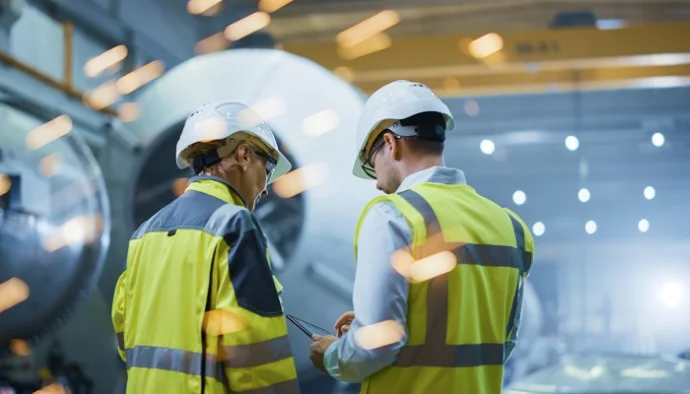How Will Edge Computing Change Computer Room Design?
The world has an insatiable appetite for data, with over 2.5 quintillion bytes of data being generated each day. At the same time speed is paramount. We want access to that data, to be able to store and share it at an ever-faster rate. The days of ‘waiting’ are long gone as we expect IT systems to provide instantaneous service and no one will accept latency in any form.
This trend will continue as more devices become connected to the Internet of Things (IoT) and artificial intelligence becomes more widely adopted within the everyday machines and services we come to rely on. Self-driving cars for example will require multiple connection points along a journey to be able to ‘intelligently’ deliver passengers to their destination. The data required will cover a range of environmental information including local traffic, road and whether conditions.
At the heart of this revolution society at large will become more reliant on hyperscale datacentres. The complexity and scale of these types of data processing factories will continue to grow at an unprecedented rate. However, with this rise in scale and sophistication will come a dependency on Edge computing.
Edge computing (https://en.wikipedia.org/wiki/Edge_computing) is a way to optimise applications and cloud stored systems by moving part of the application, its data and services nearer to the node of local usage. The advantages of this are improved speed of service delivery and of the type required to meet the demands of the age of the Internet of Things. This will give rise to the need for more local micro-datacentres and on-site server rooms.
Micro-datacentres are growing in their popularity. Referred to as an MDC, a micro data centre or micro data center is a self-contained and possibly modular arrangement of datacentre architecture designed to be installed wherever data centre type services are required. The MDC will house all the servers, racks, power distribution and UPS systems, cooling air conditioners, fire protection, security and network integration systems. They can be installed outdoors or within a building. The point is that a micro-datacentre is self-contained and can be transported and delivered rapidly to its point of us.
The alternative for an organisation is to continue to develop its on-site IT network and facilities and run their own server room. Our forecast is that this will continue in tandem with the development of micro-datacentres. Organisations whether public sector, commercial, industrial or other, will continue to require an on-site IT network and connectivity to the outside world and Cloud storage. The local network can connect via servers, bridges and routers within a central server room or via single micro-datacentre.
Will the size of on-site facility shrink or grow due to increased demand? This is harder to forecast but the consensus is that on-site services will continue up to a demand of around 300kW of power. Most small organisations run server rooms with a 10-30kW power demand either single phase or three phase and this size will be the norm for smaller installations. Medium on-site installations could be considered in the 30-100kW and larger ones at 100-300kW.
What this means for most organisations is a transitionary period. Legacy server rooms will continue to adapt and grow within the confined physical space they operate within. The growth of their IT network will very much depend on the growth of the company and whether systems and employees are on-site or remote. In and industrial environment, the Industrial Internet of Things (IIoT) growth in data collection and connectivity could see an organisation replacing its server room with a complete micro-datacentre. The organisation here makes a step-change in its critical infrastructure and invests in an MDC for the future.
This then gives rise to the choices facing organisations. Within a server room environment over the last 10-20 years development in hardware and software have allowed rooms to be reconfigured to make use of new technologies such as server virtualisation. This has effectively shrunk the need for physical space but pushed up potentially demand for power and cooling from larger and faster servers and storage devices. If an organisation does go down the microdatacentre route they could be limited in future capacity deployment. Scale and growth plans need to be designed into the day-one installation if the datacentre is to cater for future expansion.
At Server Room Environments we will continue to develop the ranges of products we supply and work with manufacturers who we truly believe are engaging with hyperscale and microdatacentres, Internet of Things technologies and Edge Computing. In this way we can ensure that we can continue to provide our clients with the latest technologies whether its intelligent air conditioners, racks and cabinets, intelligent PDUs or modular UPS systems.
The next 10-15 years will see another fundamental shift in technologies with energy storage being used to hold-up grid electrical supplies and electric vehicles taking over from fossil burning ones and even hybrid vehicles. In much the same way we expect to see a growing reliance on server rooms and micro-datacentres as the backbone of the systems we will rely on to store and access the data that will become vital to society, work and general services.

























